SGGP
If Long Thanh airport is considered the “heart”, then the routes to and from are like blood vessels. If you want a healthy heart, the blood vessels must be healthy, and vice versa. That is, the operation of Long Thanh airport and the connection of routes must be synchronized to maximize the effectiveness of the investment.
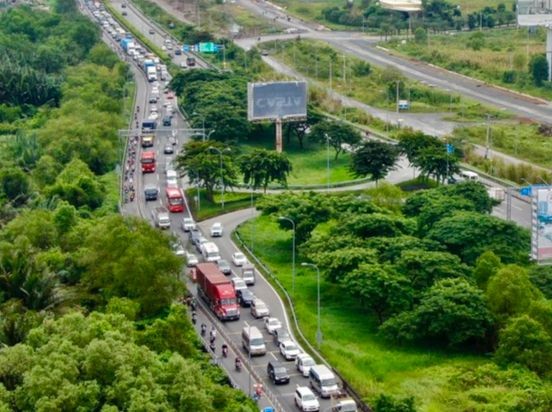 |
| The Ho Chi Minh City - Long Thanh - Dau Giay Expressway leading to Mai Chi Tho Street is always crowded with traffic. Photo: HOANG HUNG |
However, the data presented shows that the connecting traffic routes are worrying (“Traffic connecting Long Thanh airport: Slow implementation, lack of synchronization further… bottlenecks”, SGGP Newspaper, June 26, stated).
The existing National Highway 51, connecting Dong Nai with Vung Tau, has long been congested. Therefore, the hope of escaping traffic jams is focused on the Bien Hoa - Vung Tau Expressway. Although the project has started, the section passing through Dong Nai province is only in the compensation stage, and provincial leaders are worried about not being able to keep up with the schedule. This is completely understandable. Of course, the biggest concern is the connection between Long Thanh airport and Ho Chi Minh City - a metropolis of about 10 million people, a destination for international tourists, business people...
A report by the Vietnam Airlines Corporation (ACV) shows that when Long Thanh airport is completed, 80% of passengers will travel to and from Ho Chi Minh City. The current scale shows that traffic on the Ho Chi Minh City - Long Thanh expressway is often congested, with higher frequency on weekends or holidays. However, according to the Ministry of Transport , phase 2 of the project will expand this expressway to 8-10 lanes. And according to the plan, a light rail line from Thu Thiem to Long Thanh will not be completed until 2030. With such a reality, we must think very seriously now to solve the problem of synchronous connection to Long Thanh airport.
Previously, the biggest problem in infrastructure investment was the lack of capital everywhere, but now the funding source is available: the remaining budget of 1,043 trillion VND is deposited in the bank. Therefore, projects connecting Long Thanh airport must be prioritized for capital allocation. Why is the investment in expanding the Ho Chi Minh City - Long Thanh expressway, with available land, only starting in the first quarter of 2025? If the investor is implementing too many projects at the same time, then it should organize a wide bidding for domestic and foreign units to participate. Such a "busy" route is certainly a "golden goose" for investors! With a similar approach, any routes that need priority investment must be implemented urgently, and administrative procedures must be streamlined. Because procedures are created by humans, when they are no longer suitable for reality, they must be drastically adjusted, as soon as possible.
Another very serious problem is the materials for the project. In fact, the construction of the North-South Expressway project has been very stressful, then the Ho Chi Minh City Ring Road 3 has to rush to find sand sources from the Mekong Delta provinces, Dau Tieng Lake, so when implementing the above infrastructure projects simultaneously, where will the materials come from? A lesson of "killing two birds with one stone" has been successfully applied in the world : using soil dug from the ground to build an underground metro to fill the swampy area of the new airport. If done this way, Ho Chi Minh City will soon have a metro system, at the same time contributing to solving the problem of lack of materials for neighboring routes.
The story of investment in the North-South Expressway project and its cross-axis, Long Thanh airport, Ho Chi Minh City Ring Road 3 and a series of other projects shows that public investment is an opportunity to form projects that create a strong impetus for socio-economic development. How to complete a series of projects on schedule, synchronously, requires initiative, determination, and overall coordination, this responsibility is "weighing heavily" on the shoulders of the Ministry of Transport. Therefore, reality requires us to make more efforts and think ahead so as not to be passive.
Source







![[Photo] General Secretary To Lam receives the Director of the Academy of Public Administration and National Economy under the President of the Russian Federation](/_next/image?url=https%3A%2F%2Fvphoto.vietnam.vn%2Fthumb%2F1200x675%2Fvietnam%2Fresource%2FIMAGE%2F2025%2F12%2F08%2F1765200203892_a1-bnd-0933-4198-jpg.webp&w=3840&q=75)
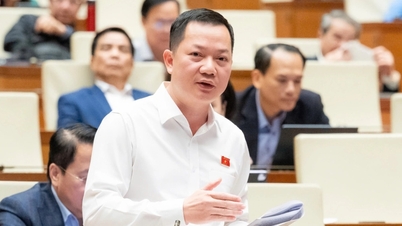

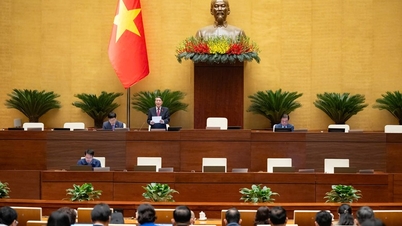



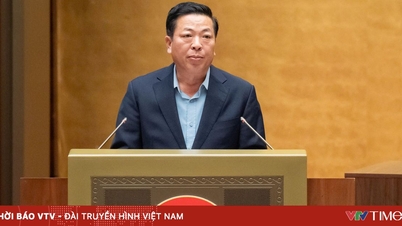


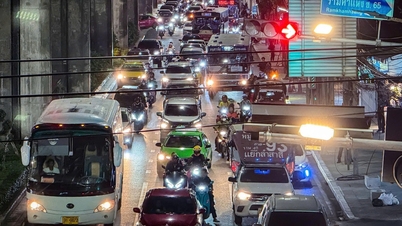



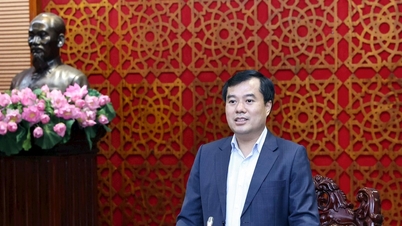











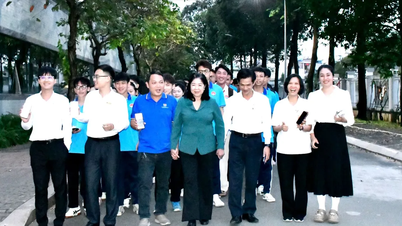

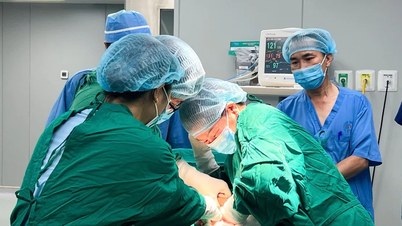




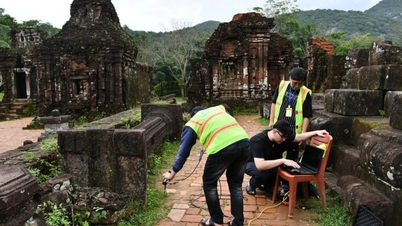









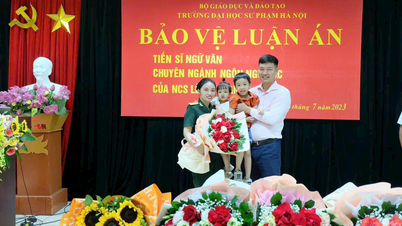

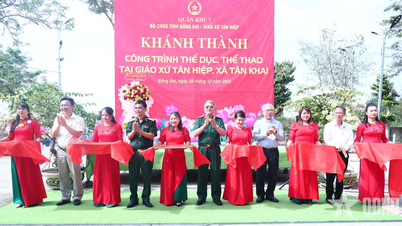
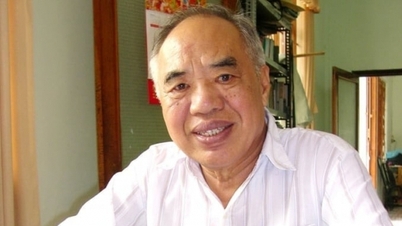



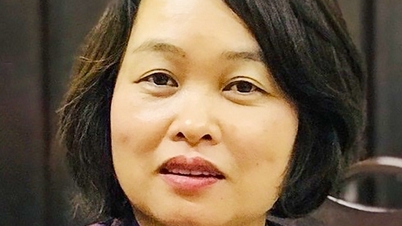



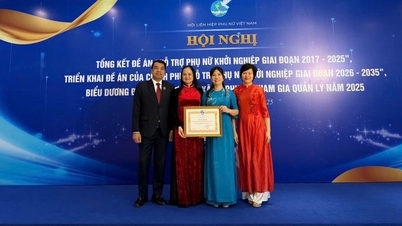




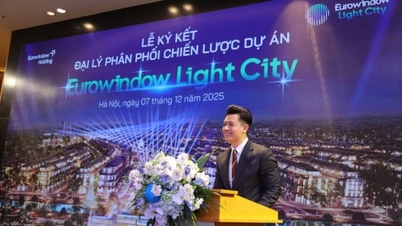




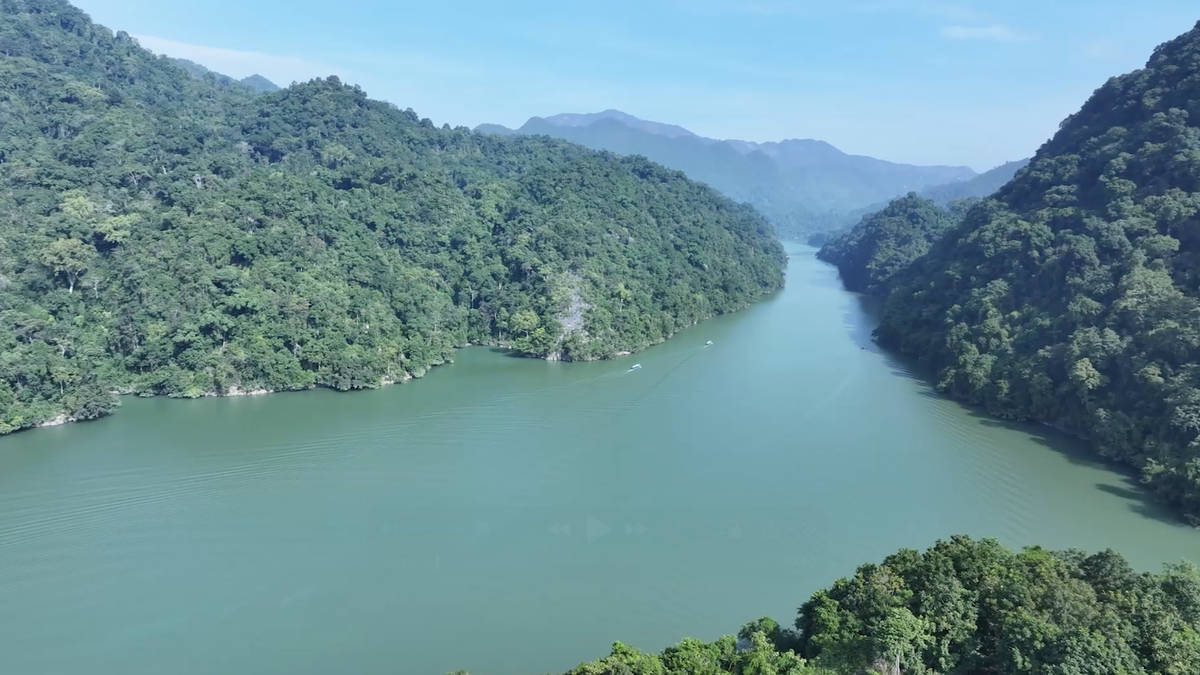






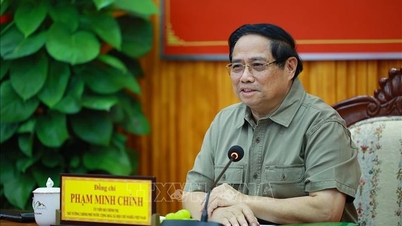

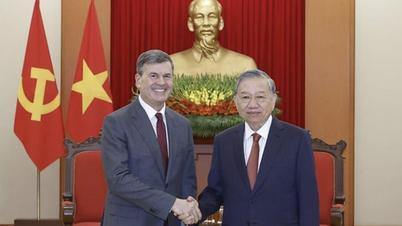

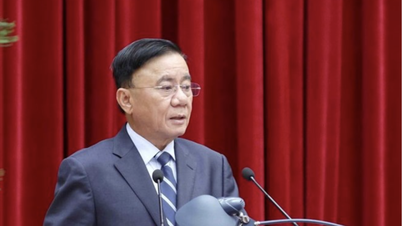


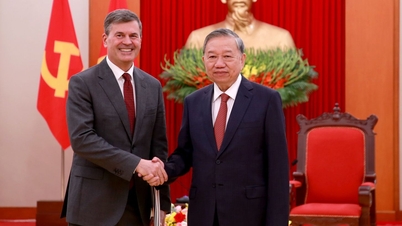
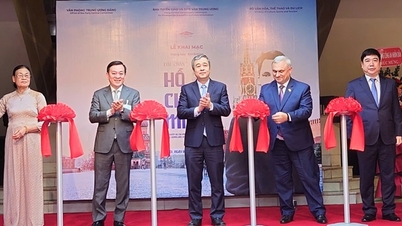

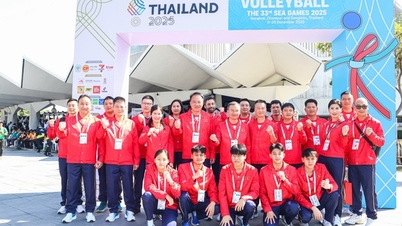
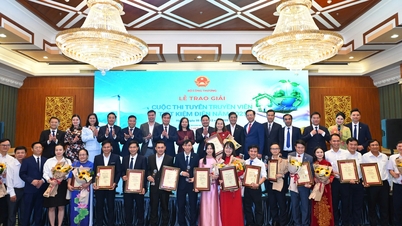


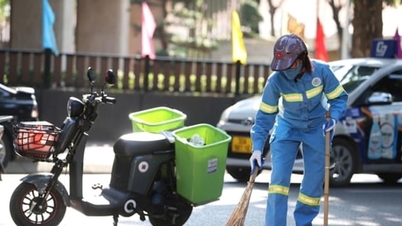


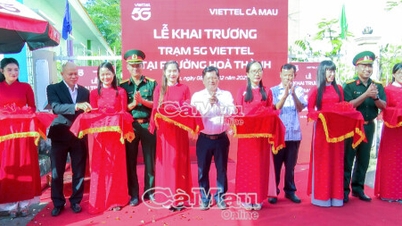
















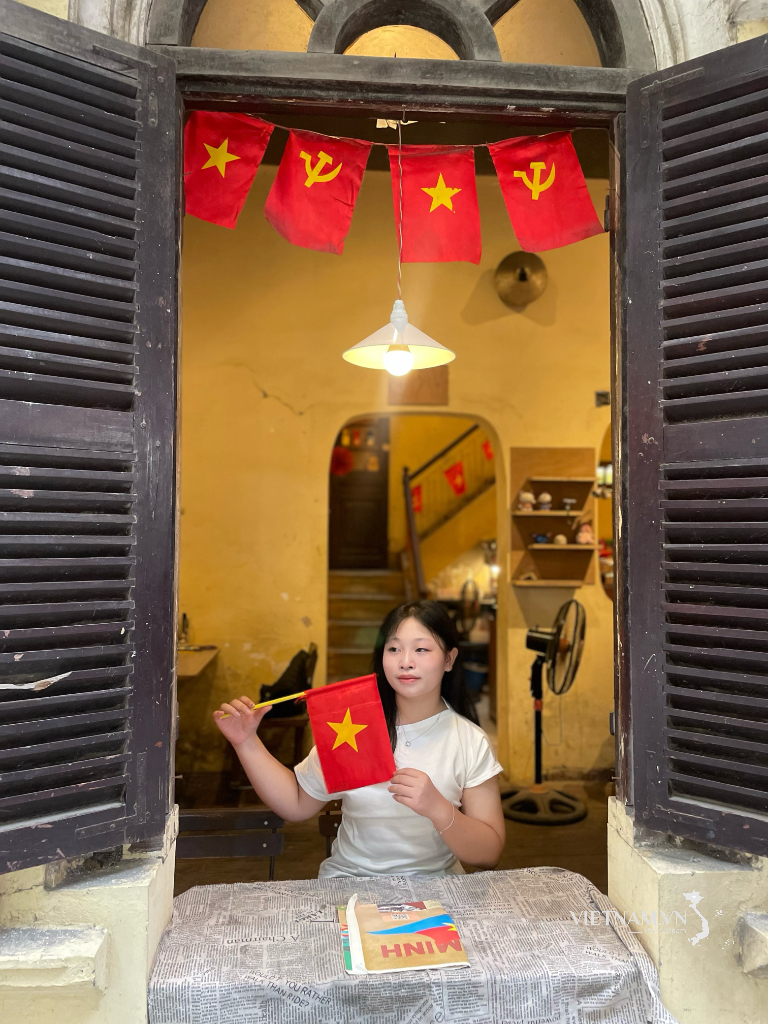




Comment (0)